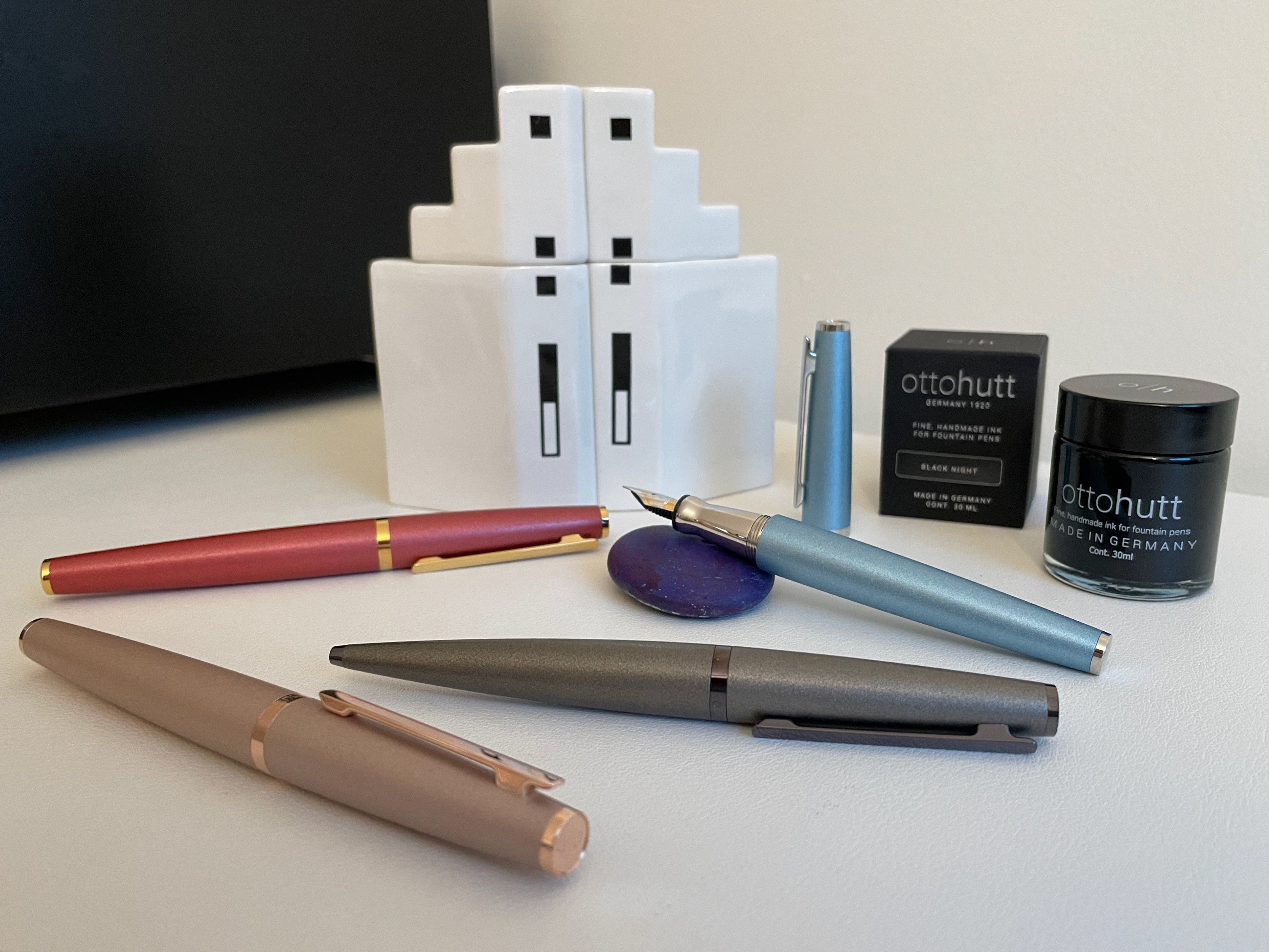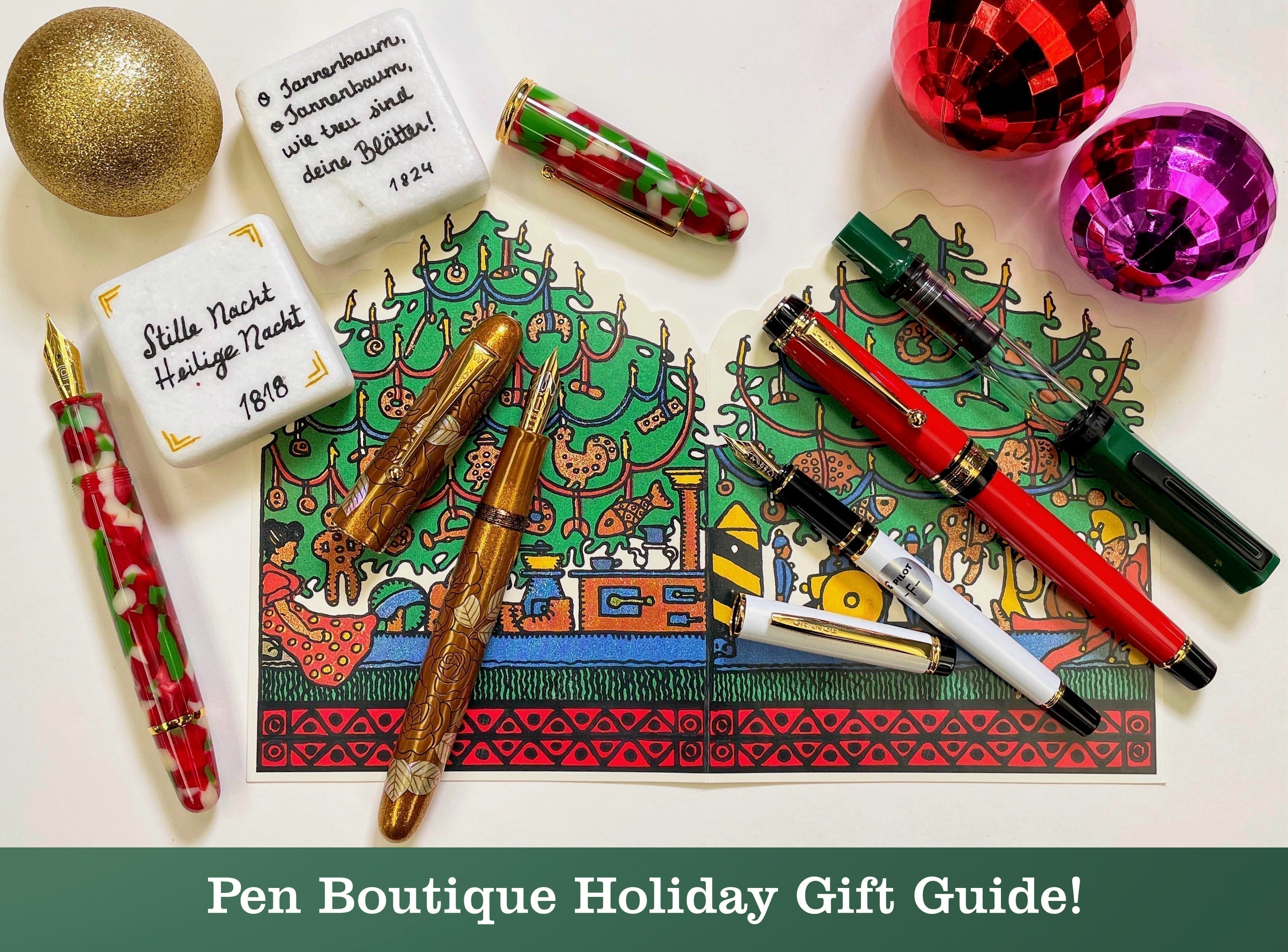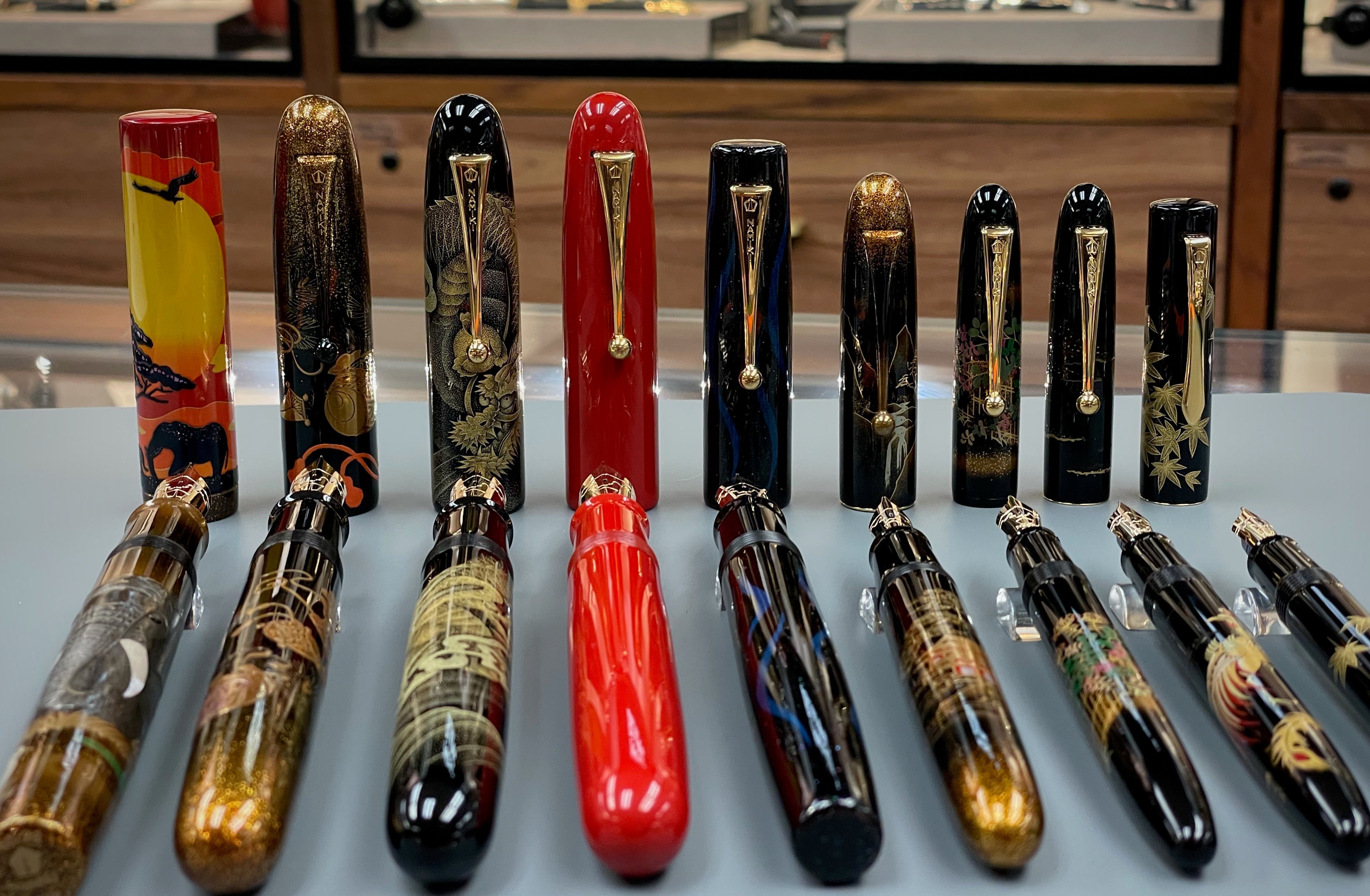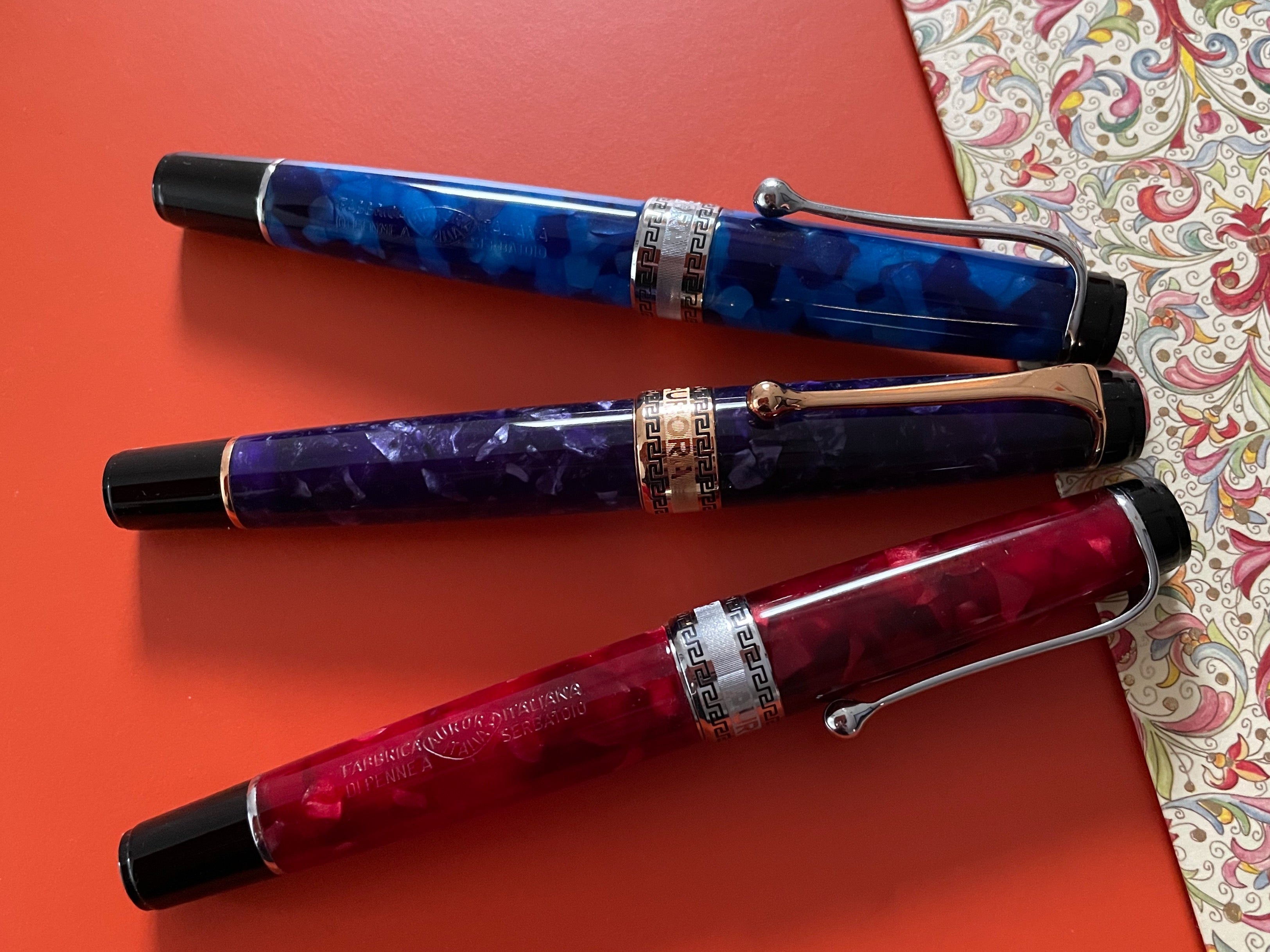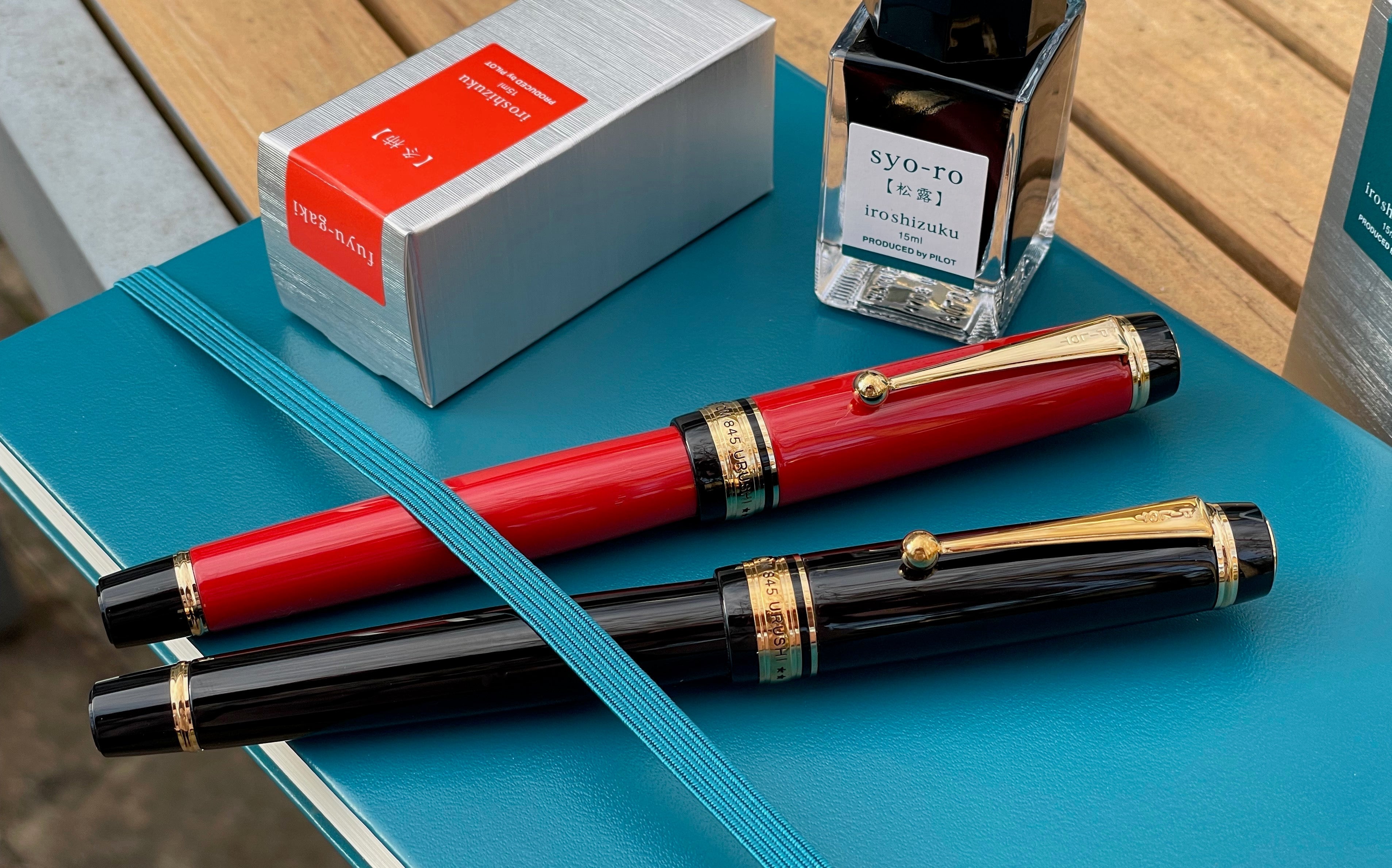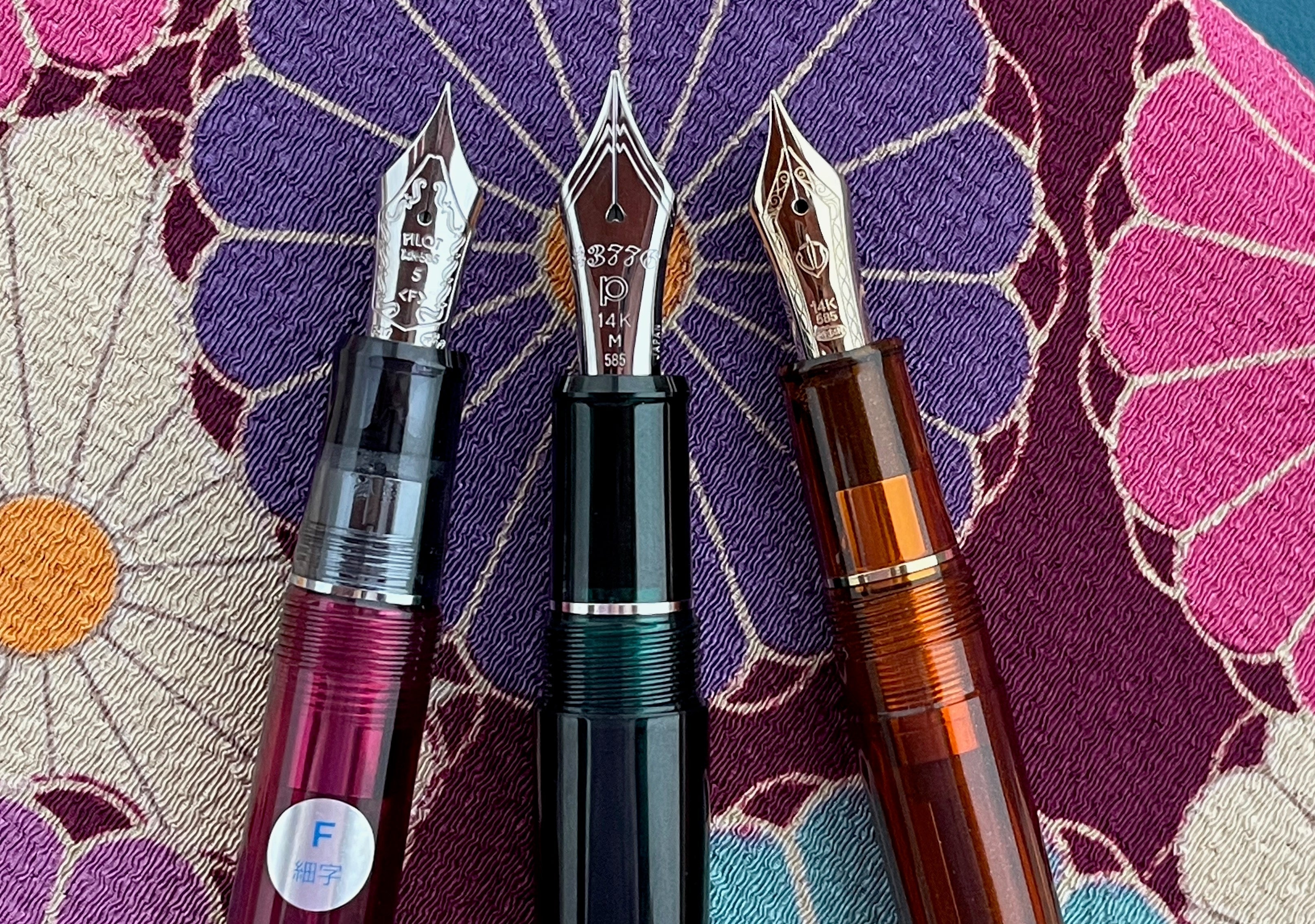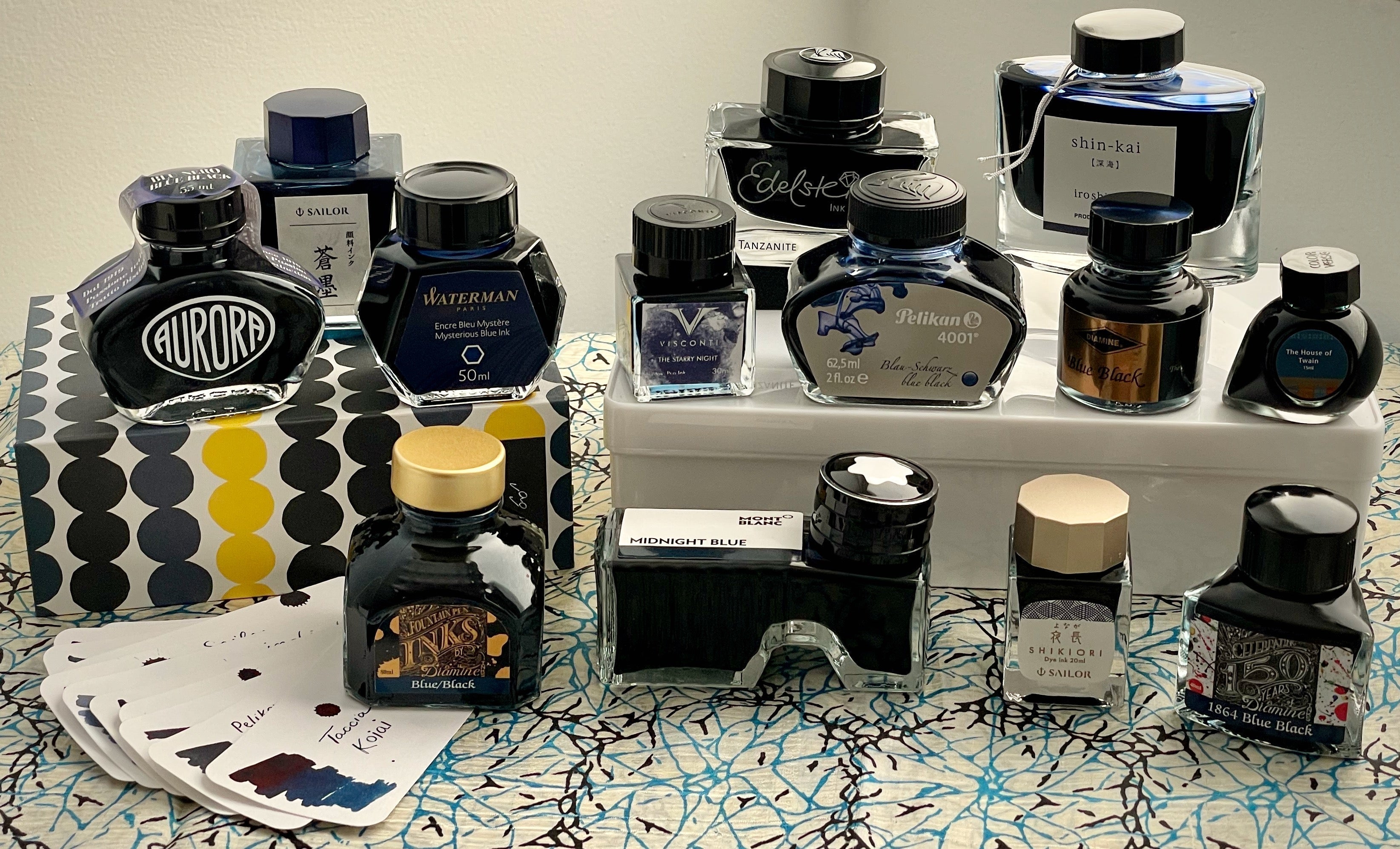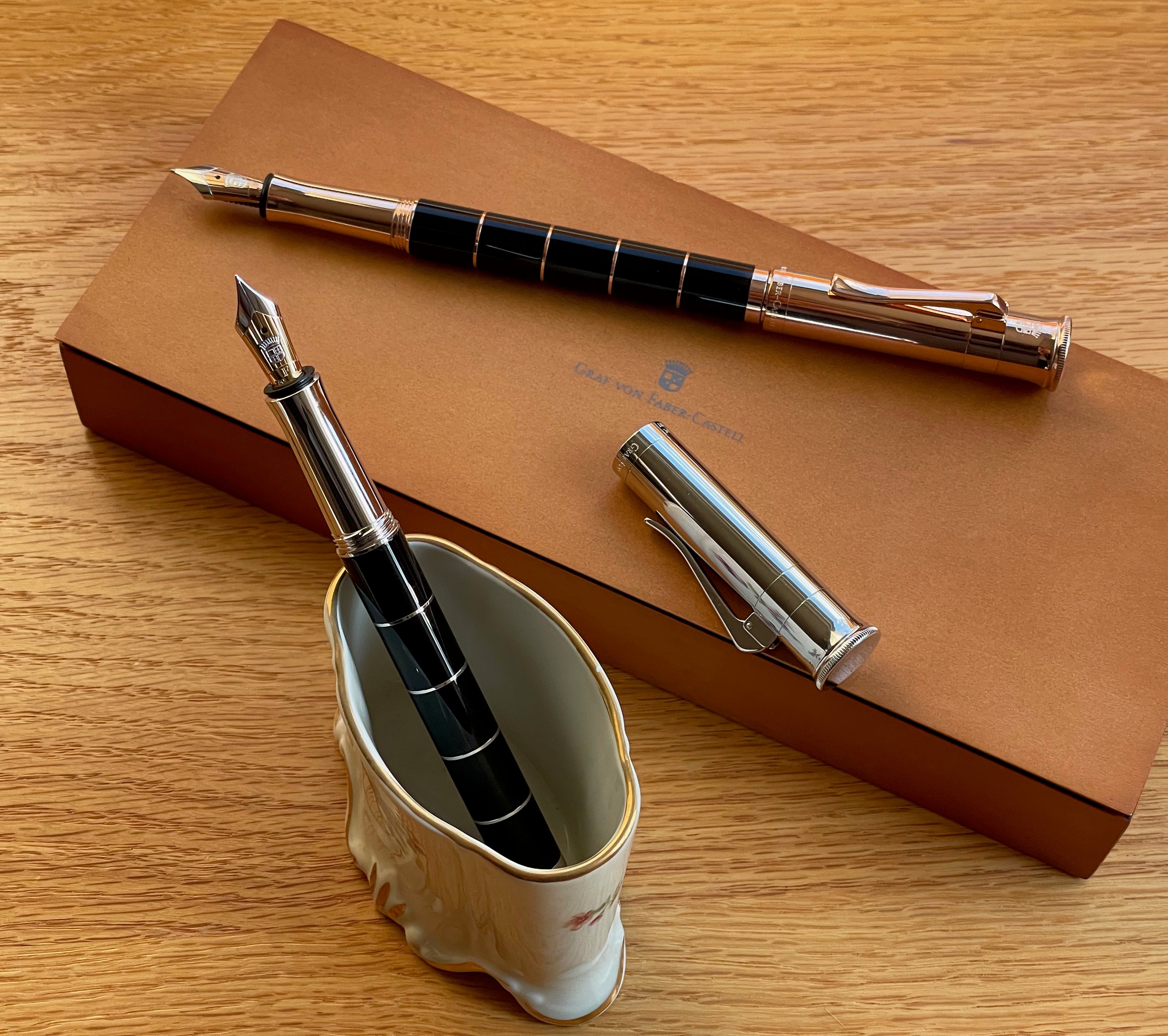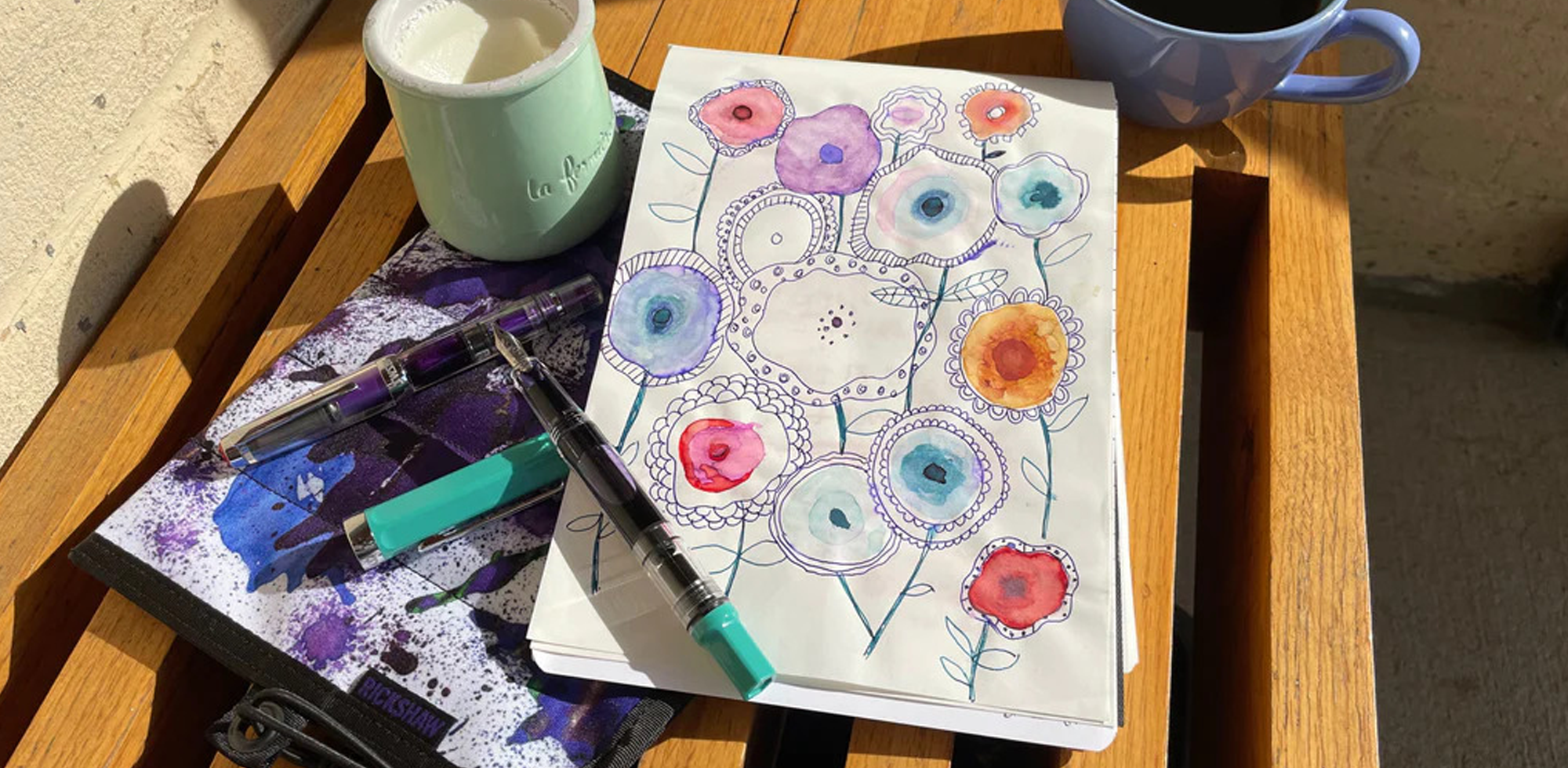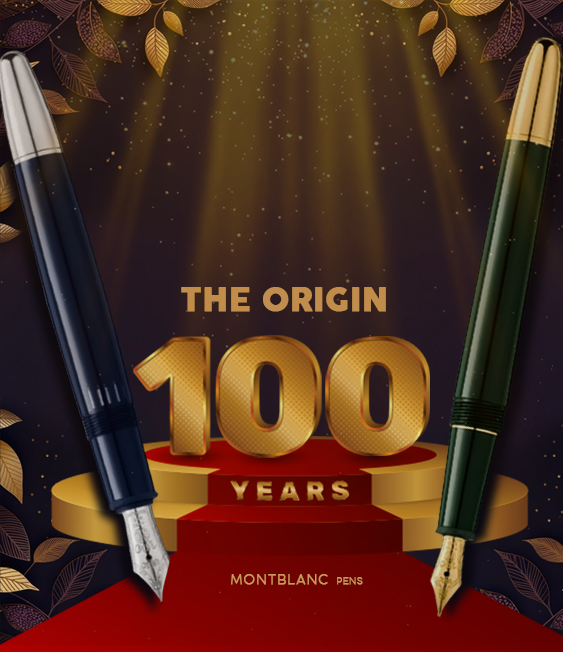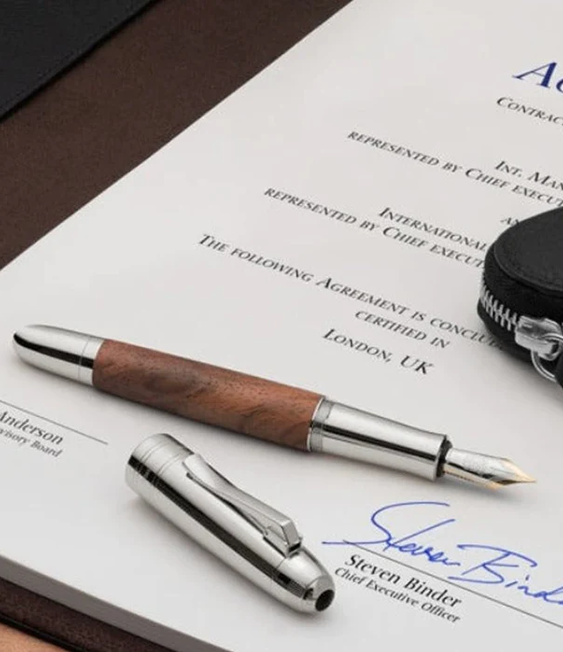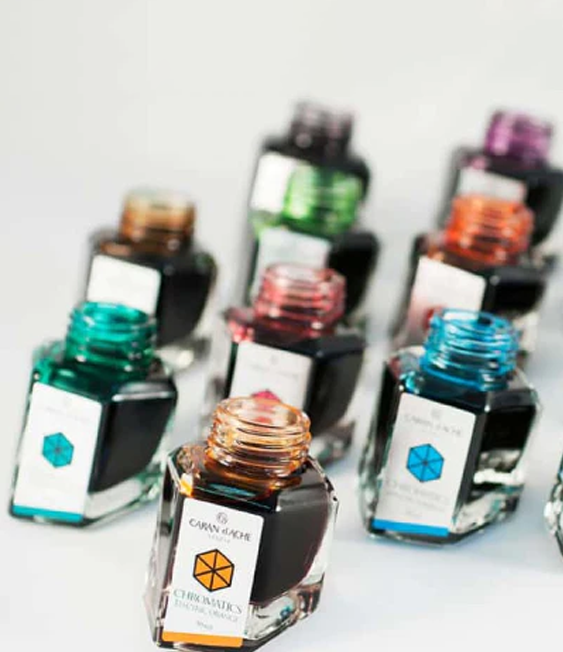
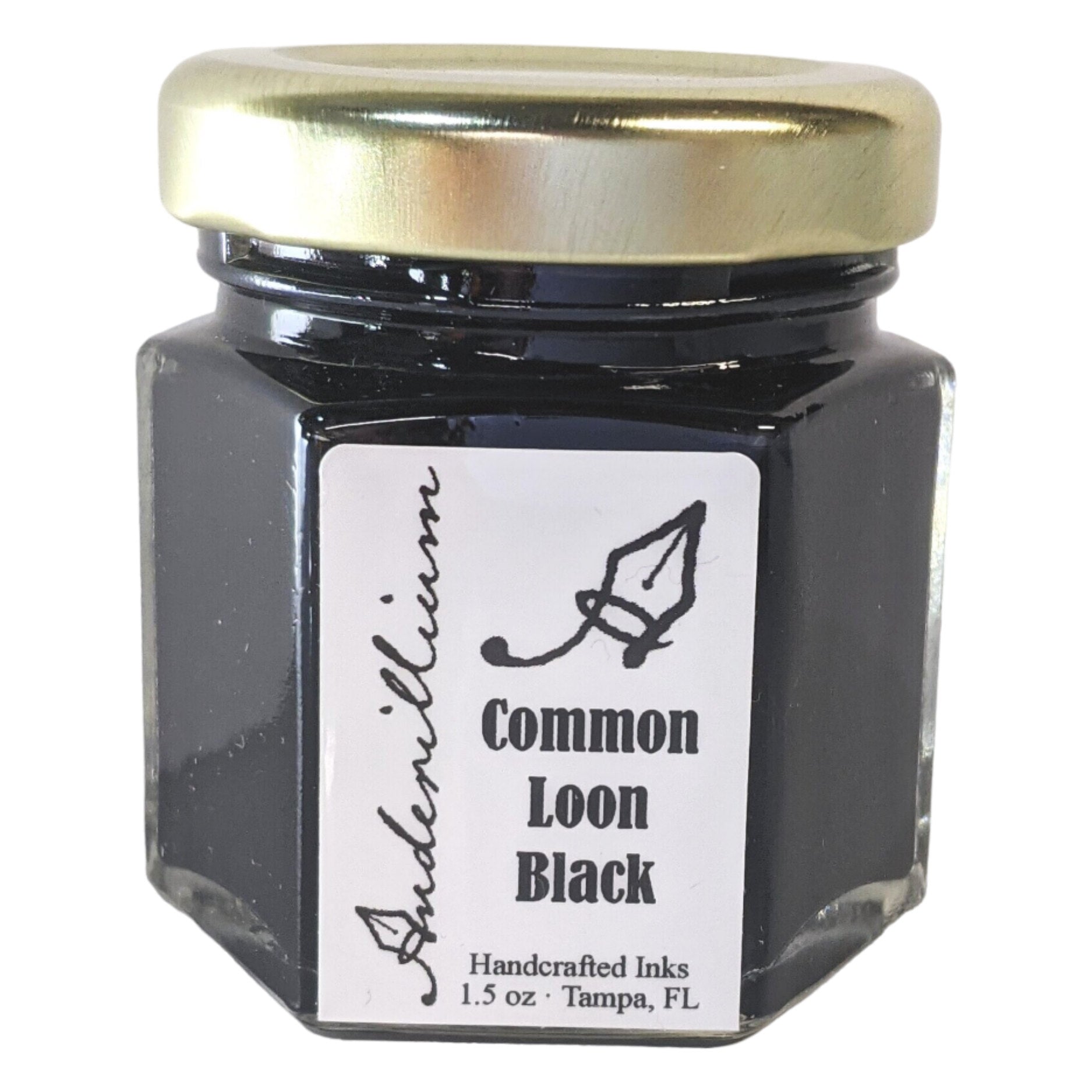

Anderillium Avian Ink - Common Loon Black - 1.5 oz
Shipping Time

100% SATISFACTION. 30 days return policy
Choose options
The Common Loon is an icon of Canada, featured prominently on the face of Canada’s dollar coin. The “Loonie” coins depict a graceful, black, swimming bird checked with white feathers and vibrant red eyes. Perhaps the reason the loon is so familiar to our friends to the north is that loons migrate north in the summer to find breeding grounds, and during the breeding season they become very conspicuous for their unique mating call. Anyone who has spent a night under the stars on the shore of a northern lake during summer knows that ghostly, piercing call.
Adult loons of mating age sport jet black feathers intermixed with white feathers to mimic the dappling light patterns under the gentle waves of northern lakes. To us the loon may look regal, dignified, and harmless, but to anything under the water’s surface, the Common Loon is a deadly and efficient hunter. The loon’s blood red eyes are very efficient in finding fish in the dark depths of glacial-formed lakes. They are like magicians, disappearing without a splash and staying underwater for minutes at a time, only to reappear far from where you last saw them.
Loons are also great fliers. They migrate over a thousand miles to Mexico, the Caribbean, or Florida every winter season and even maintain flight speeds of up to 40 mph for long stretches. It seems that the only thing that loons struggle with is walking on land. Their legs, positioned very far to the rear of their body, provide fantastic propulsion through the water, but on land they can barely manage an awkward stumbling gate.
Male and female loons look alike and mate for life. Together, they build a large nest and tend a brood of one to two chicks, which are able to swim and dive within a week. When they are little, the chicks often ride on the backs of a parents. But in a few short months, they are able to fly with their parents on the long journey south.
People in the south see the loon as a very different bird. The loon they see during winter months is a dull gray. All the distinctive black and white dotted patterns of feathers disappear until the next year’s trip north when they reappear. Why does this happen? To more perfectly blend in with their surroundings. How does this happen? It’s a process called molting. Once they arrive at their winter home, they lose all their feathers - a little at a time and during this process, which takes about a month, they are unable to fly and in the spring the process reverses. They produce a special oil which they use to preen their feathers, cleaning and waterproofing them. What an amazing amount of growing and shedding, and swimming and flying, and molting and preening these masters of camouflage do each year!
Climate change, invasive species, habitat loss, and overfishing have all been threats to the loon population. Loons rely on stable ecosystems with high bio-diversity to thrive. If we want our children and grandchildren to hear their spooky calls fill the night air above the lakes of the great north, then we must take action now to preserve our natural world.
| Brand | Anderillium |
| Colors | Common Loon Black |
| Compatibility | Compatible fountain pens |
| Material | Glass |
| Permanent | No |
| Pigmented | No |
| Scented | No |
| Shimmer | Yes |
| Size | 50 ml |
| Special Features | Playful Silver lid |
| Type | Ink Bottle |
| Water Resistant | No |












